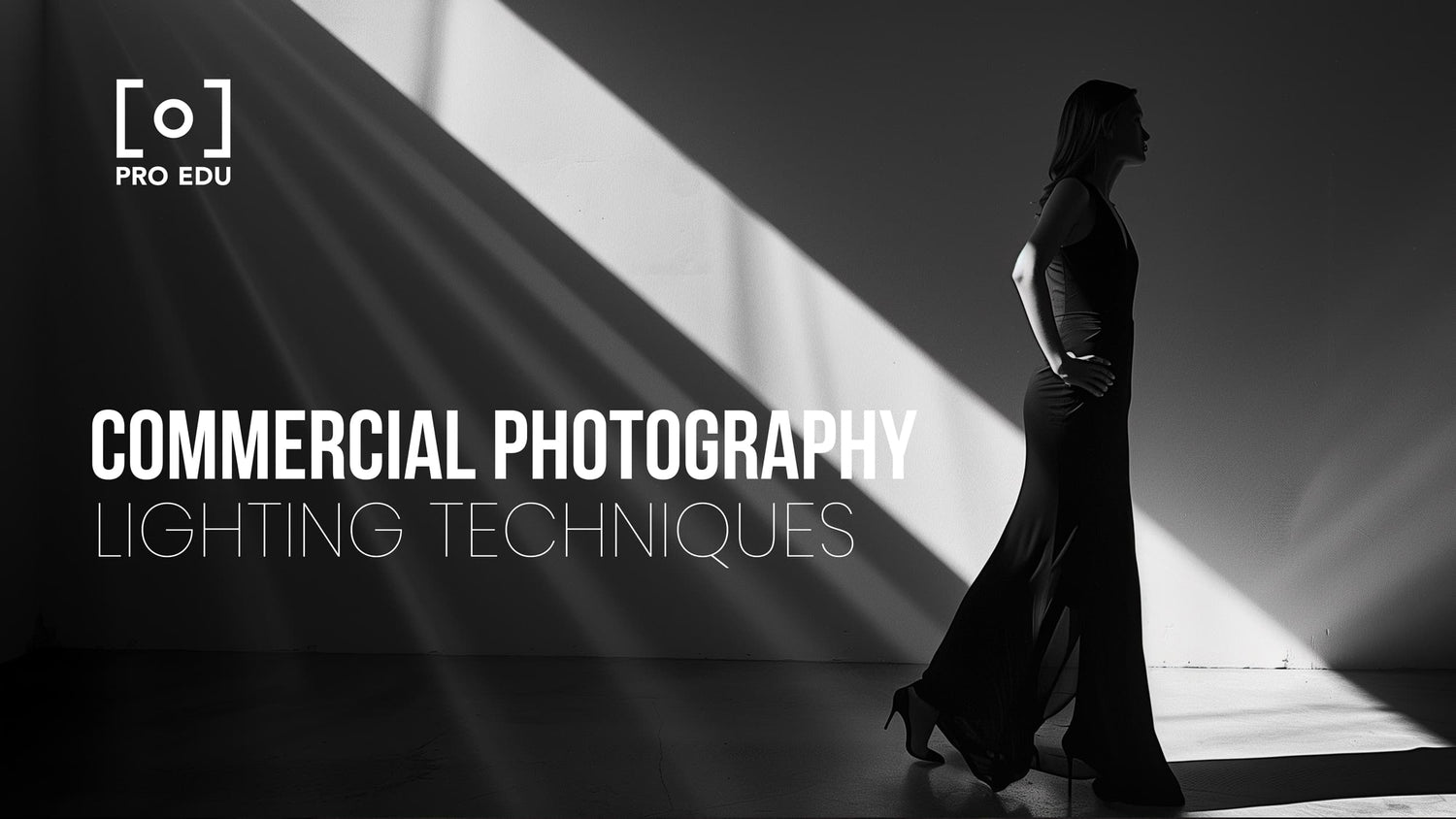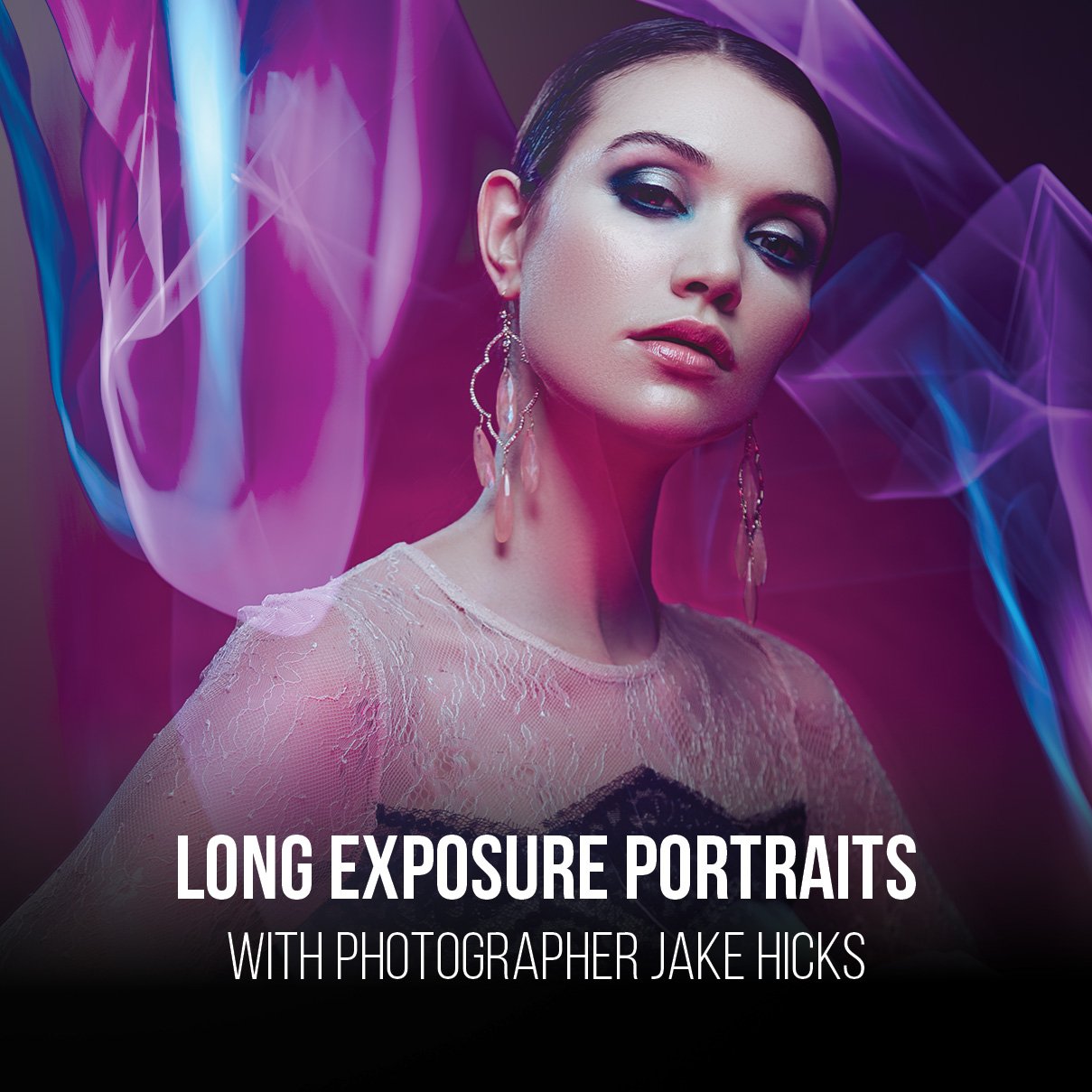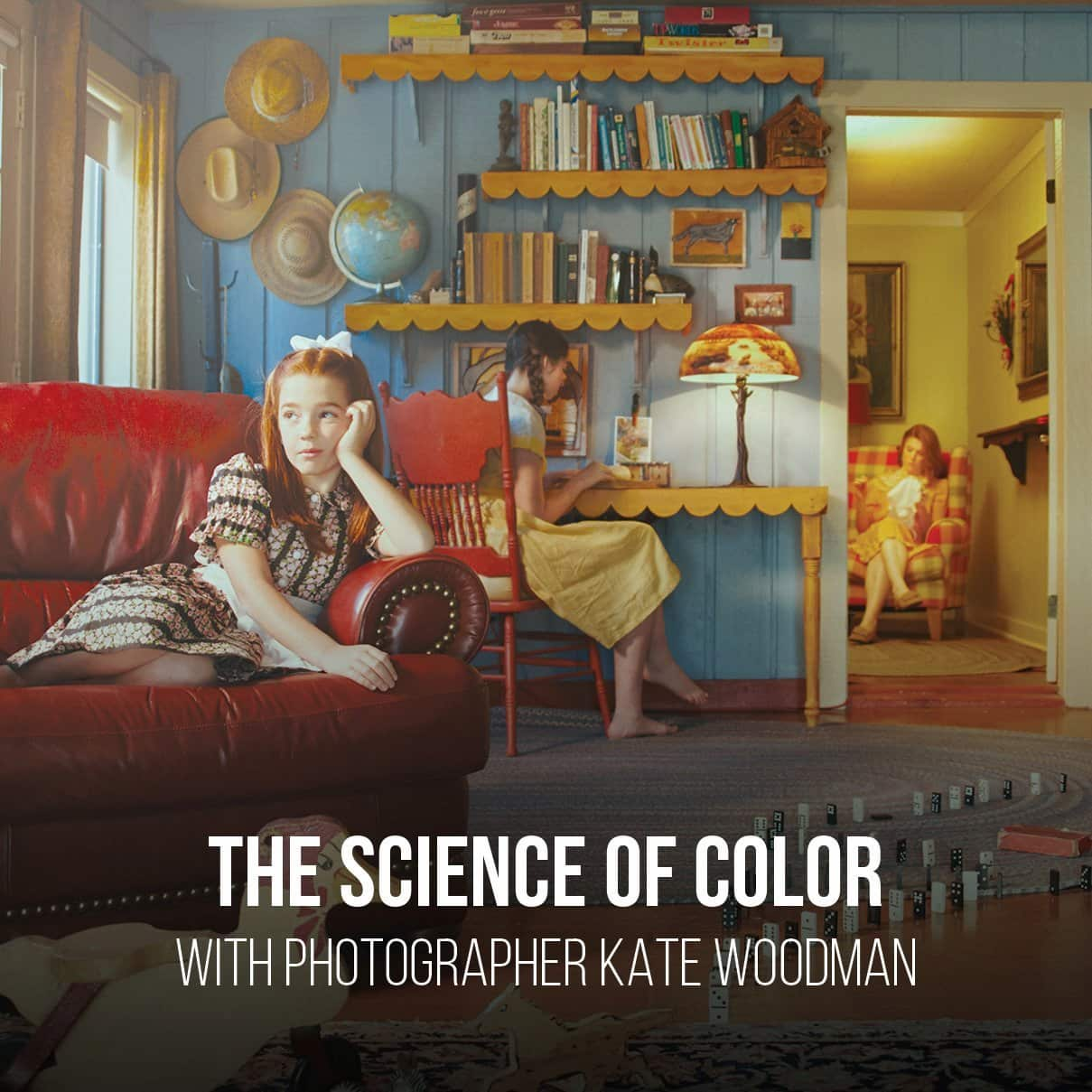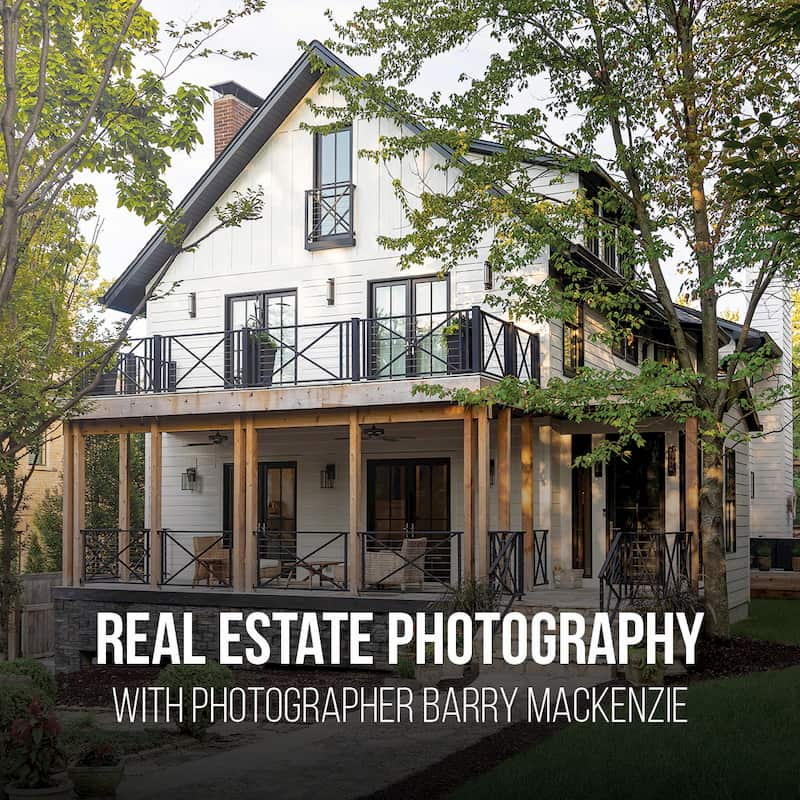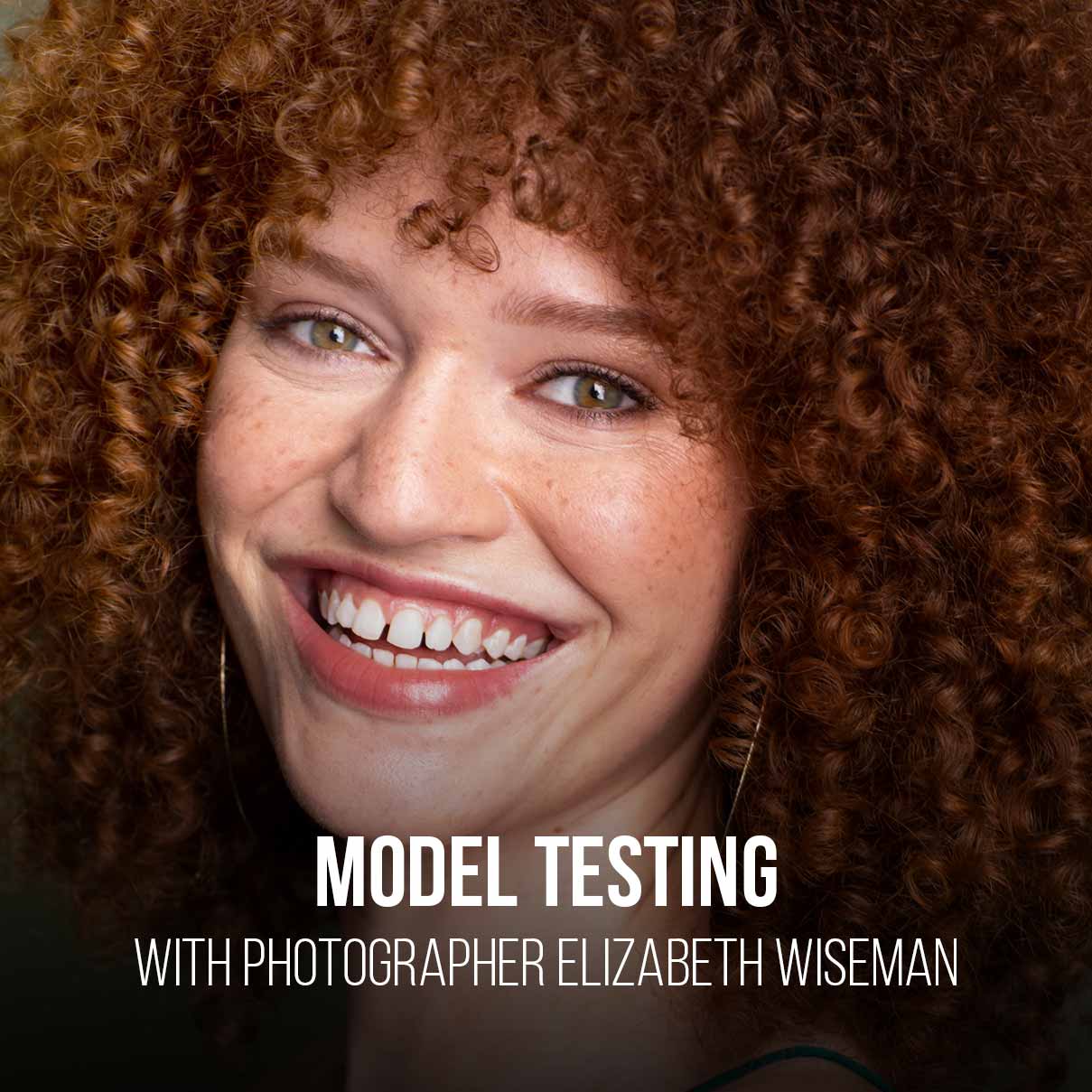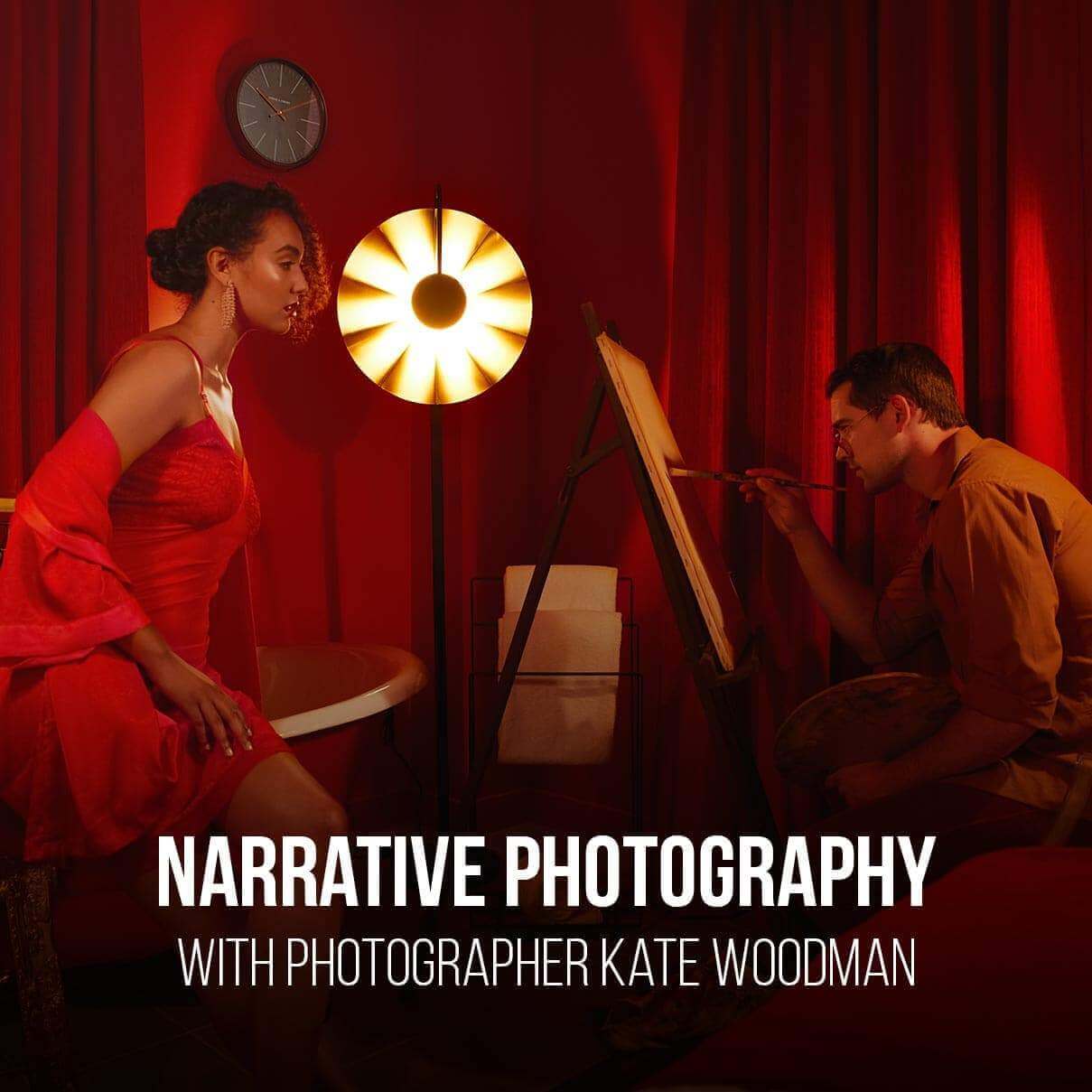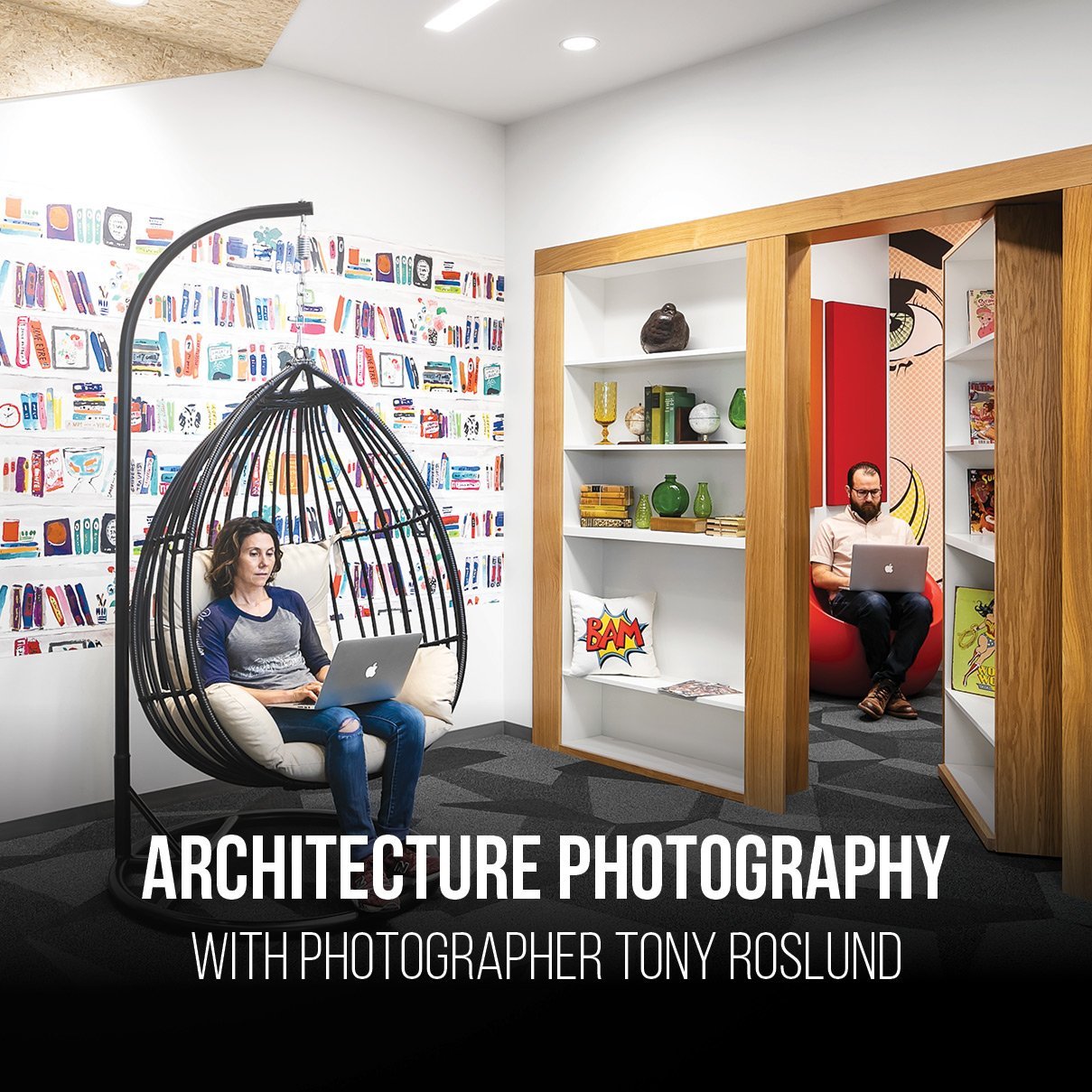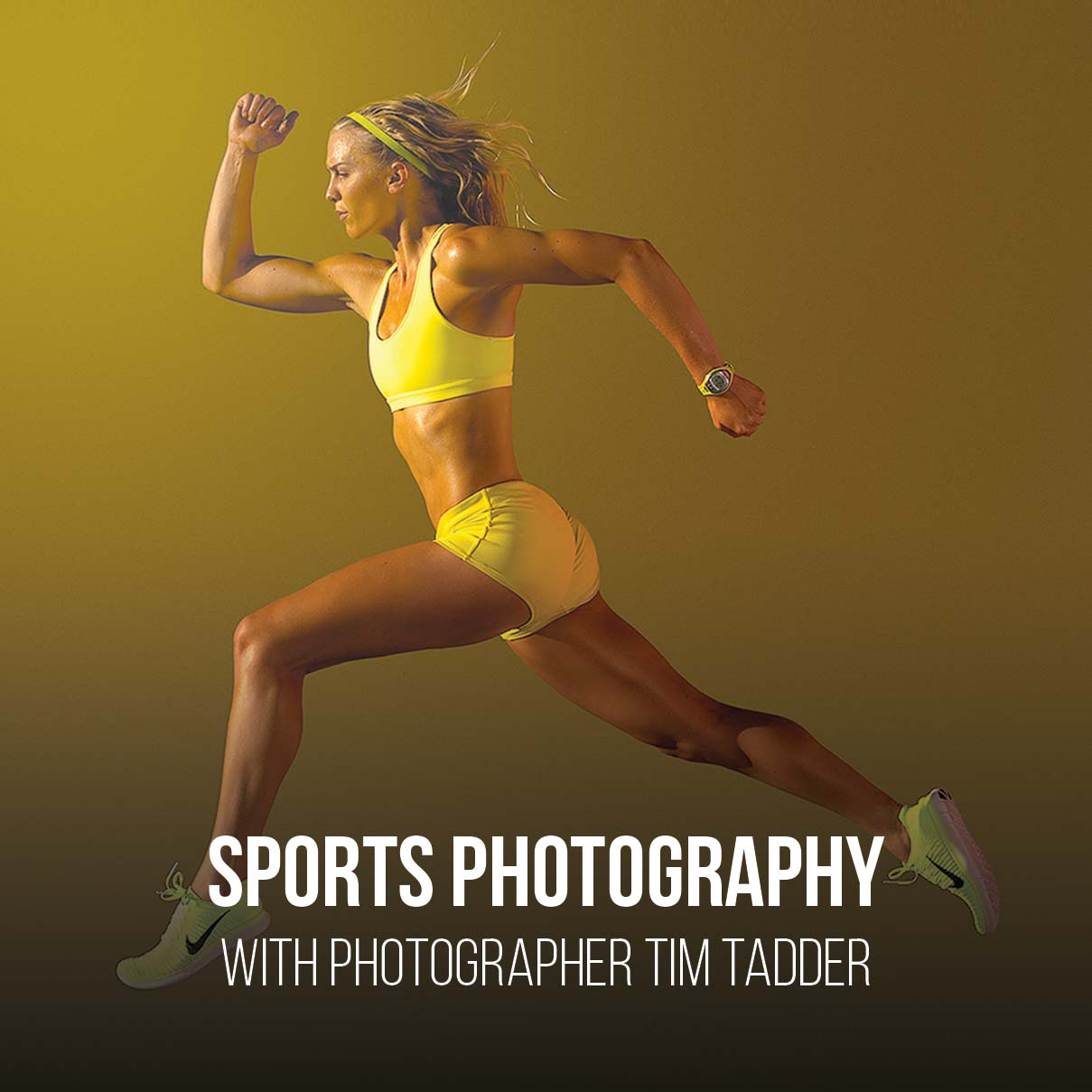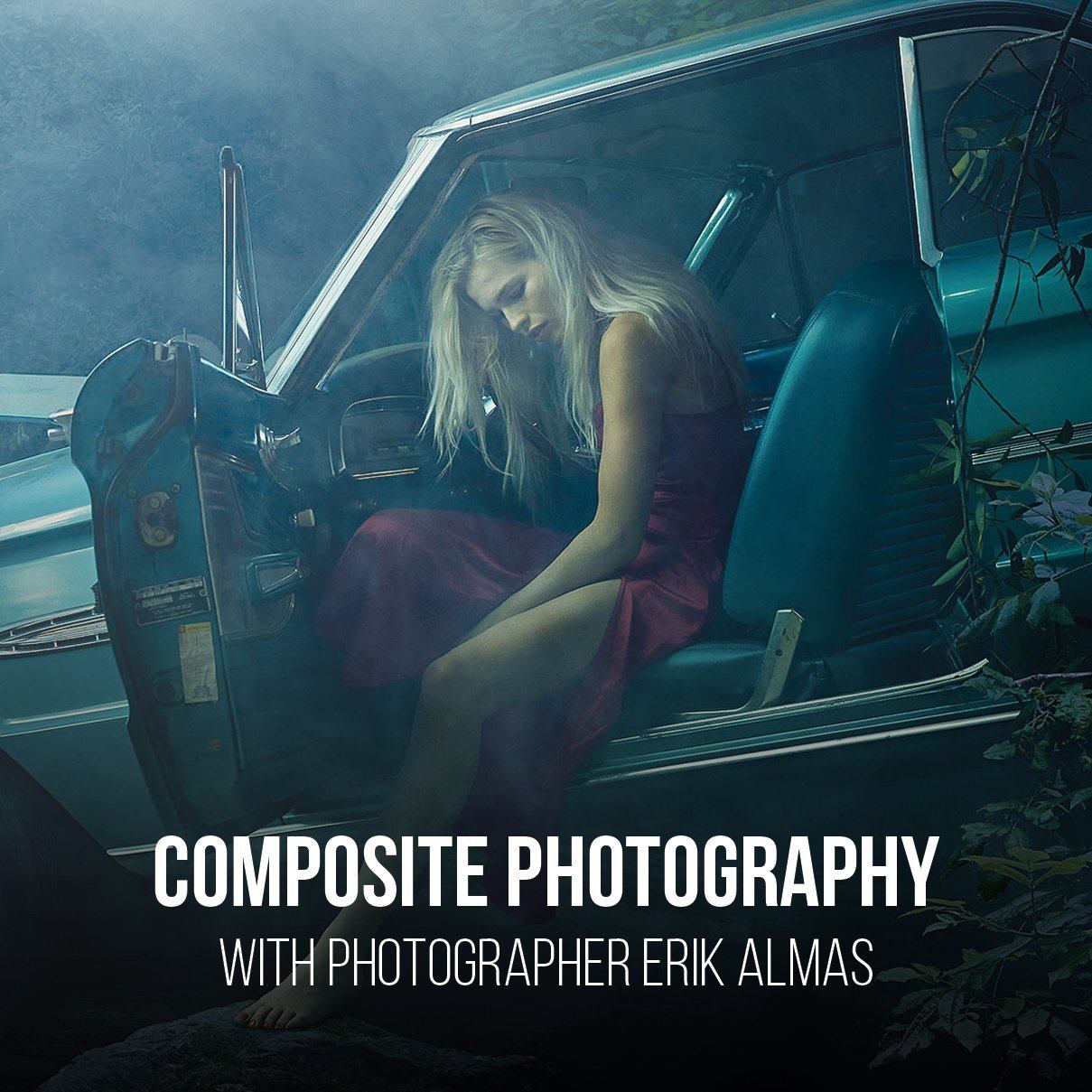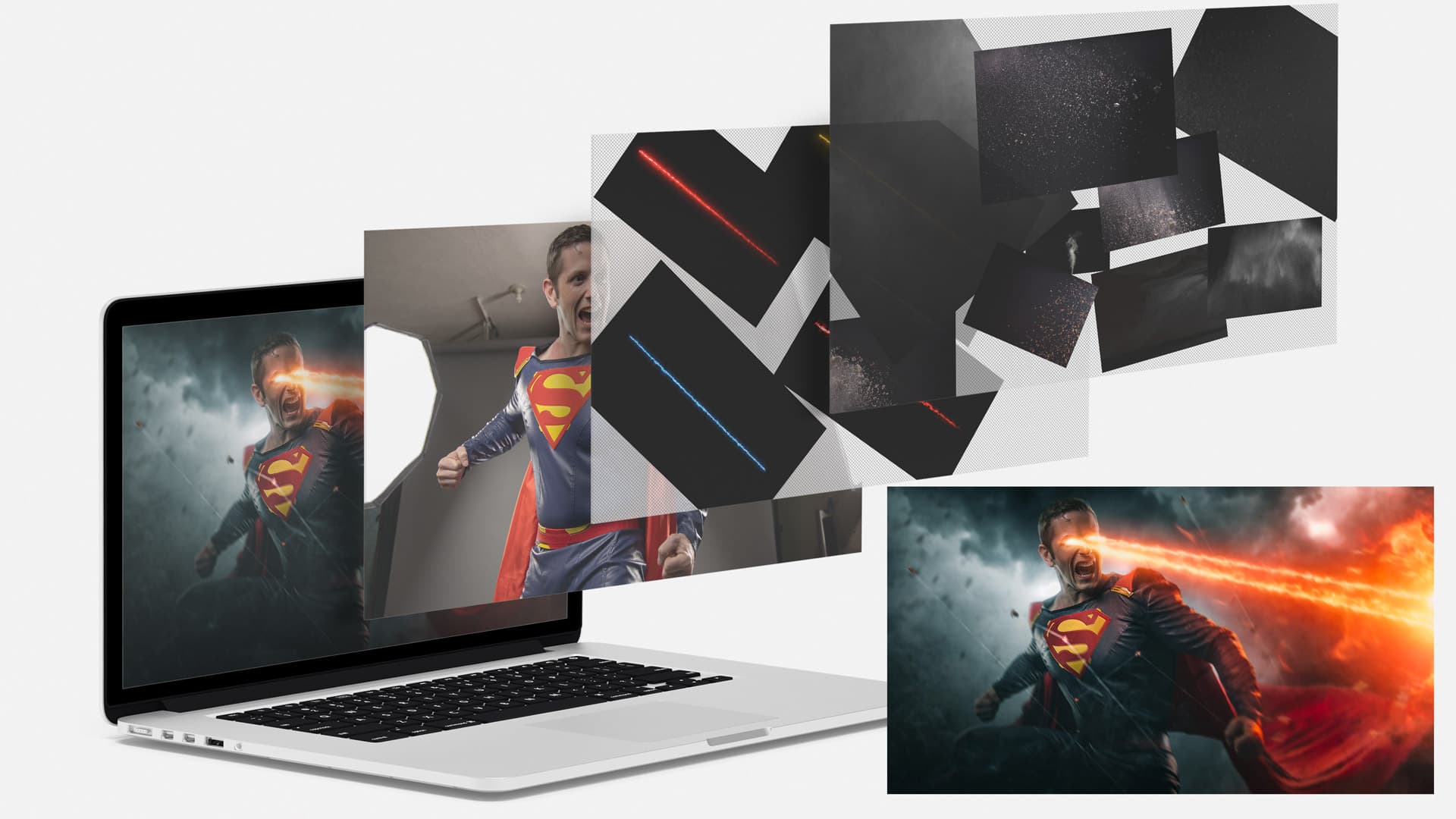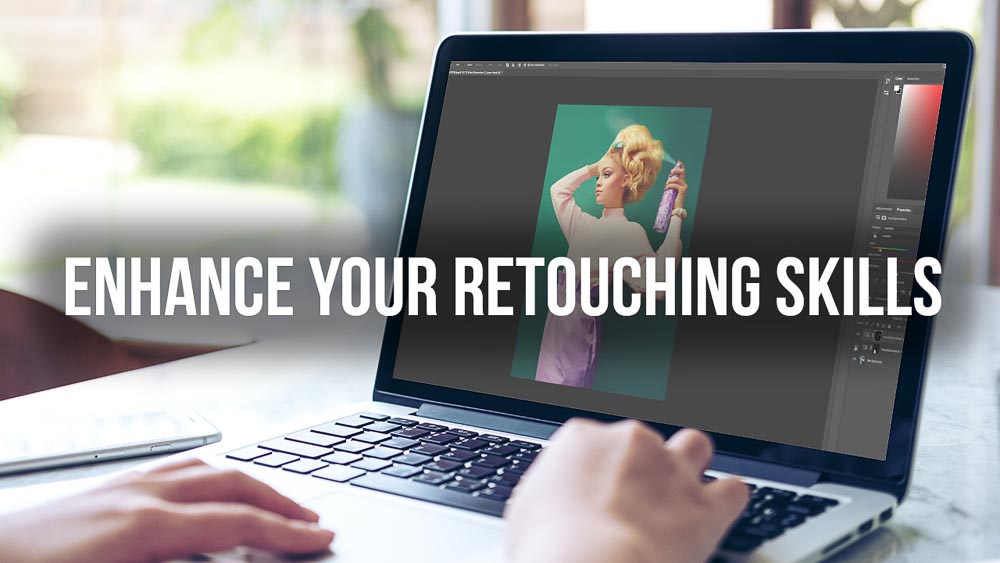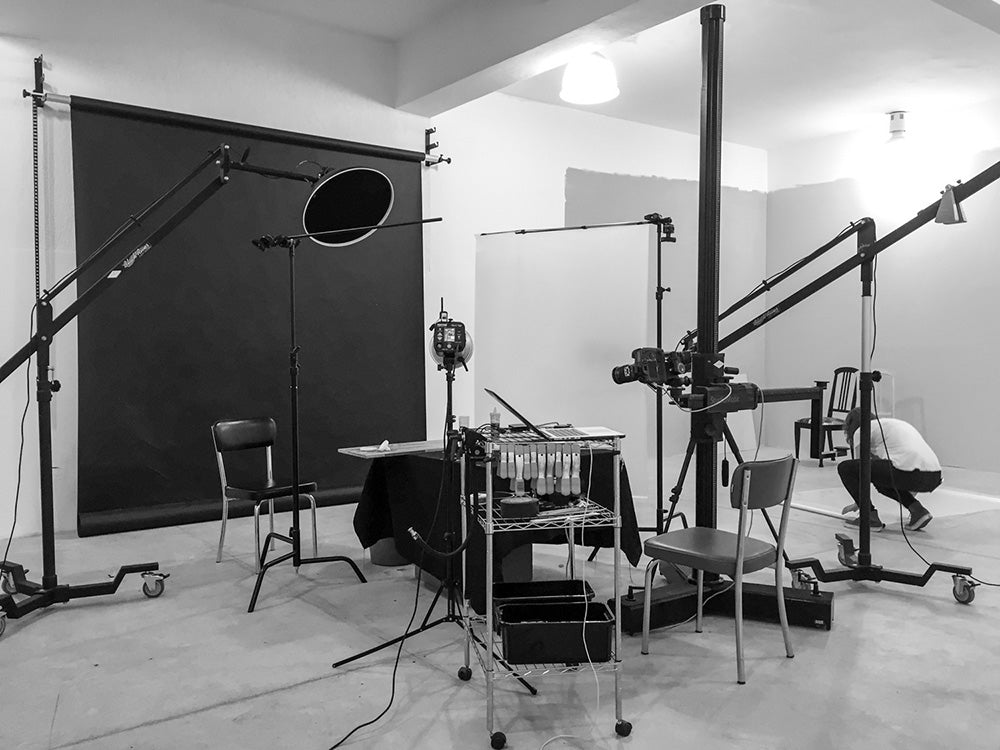La maîtrise des techniques d'éclairage est un élément essentiel de la photographie commerciale, car elle permet de transformer le banal en quelque chose de magnifique. À mesure que nous naviguons dans le monde complexe de la photographie professionnelle, il devient évident que la lumière n'est pas seulement un outil d'éclairage, mais un moyen de sculpter l'histoire visuelle que nous souhaitons raconter.
Comprendre comment manipuler efficacement la lumière nous permet de mettre en valeur les textures, de créer une ambiance et d’améliorer la composition de nos images.
En tant que photographes commerciaux, notre mission va au-delà de la capture d'une image ; nous nous efforçons de transmettre un message ou d'évoquer une émotion qui résonne chez le spectateur. Pour y parvenir, nous devons avoir une solide maîtrise de la lumière naturelle et artificielle .
Nous exploitons les subtilités de la lumière naturelle pour ajouter de l'authenticité, tandis que la lumière artificielle nous offre le contrôle nécessaire pour créer des effets cohérents et ciblés dans nos images. Les techniques d'éclairage avancées ouvrent une myriade de possibilités pour représenter une marque ou un produit sous son meilleur jour, littéralement.
La postproduction affine encore davantage nos choix d'éclairage, nous permettant d'affiner des détails qui n'auraient peut-être pas été possibles dans l'environnement de prise de vue. Qu'il s'agisse d'ajuster l'exposition, de peaufiner les ombres ou d'améliorer des points forts spécifiques, le processus de postproduction est une étape essentielle du flux de travail de la photographie commerciale.
Principaux points à retenir
- Un éclairage efficace façonne le récit et l’ambiance de la photographie commerciale.
- La maîtrise de la lumière naturelle et artificielle est essentielle pour créer des images convaincantes.
- La post-production est une phase critique pour perfectionner l'éclairage d'une photographie.
Comprendre les bases de l'éclairage photographique
Avant de nous plonger dans les détails, il est essentiel de comprendre comment l'éclairage, la couleur et les réglages de l'appareil photo interagissent pour former la base de la photographie commerciale. Examinons ces principes fondamentaux, en veillant à ce que nous puissions les manipuler à notre avantage.
À la découverte de la couleur et de la lumière
La température de couleur et la balance des blancs sont essentielles à la perception des couleurs dans nos images. La température de couleur est mesurée en Kelvin, les chiffres les plus bas indiquant une lumière plus chaude et ambrée, tandis que les chiffres les plus élevés reflètent une lumière plus froide et bleutée.
Nous ajustons la balance des blancs pour neutraliser les dominantes de couleur et maintenir la précision des couleurs dans des conditions d'éclairage variables. Par exemple, l'heure dorée offre une température de couleur chaude qui peut évoquer des sentiments de nostalgie ou de chaleur dans une photographie.
L'importance des ombres et des hautes lumières
Les ombres et les reflets définissent la profondeur et la dimension de nos sujets, leur donnant une impression de présence et de texture. Nous exploitons la nature directionnelle de la lumière pour sculpter ces effets, sachant que la lumière dure accentue les ombres pour un effet dramatique, tandis que la lumière douce crée des transitions plus subtiles.
Pour les photos de produits, cette technique de manipulation des ombres et des reflets peut faire ressortir un article et attirer l'attention du spectateur.
Maîtriser les paramètres de l'appareil photo pour un éclairage optimal
Nous obtenons une exposition optimale en équilibrant l'ISO, la vitesse d'obturation et l'ouverture, les trois piliers du triangle d'exposition. L'ISO régit la sensibilité du capteur à la lumière, tandis que la vitesse d'obturation dicte la durée pendant laquelle la lumière frappe le capteur. L'ouverture contrôle la largeur de la lumière autorisée à traverser l'objectif.
Chaque réglage affecte l'autre. Par exemple, un ISO faible peut réduire le grain, mais peut nécessiter une vitesse d'obturation plus lente ou une ouverture plus large. Une compréhension approfondie de ces paramètres nous permet de gérer efficacement l'exposition et la profondeur de champ en fonction de nos intentions d'éclairage créatives.
Lumière naturelle vs lumière artificielle
En photographie commerciale, il est essentiel de maîtriser l'interaction entre la lumière naturelle et artificielle. Nous devons savoir quand exploiter la chaleur du soleil pendant les heures dorées ou comment manipuler la douce lumière des fenêtres. De même, l'éclairage artificiel tel que le stroboscope et l'éclairage continu peuvent être essentiels pour créer l'ambiance souhaitée dans une prise de vue. Explorons des techniques efficaces pour utiliser les deux types de lumière à notre avantage.
Exploiter les heures dorées
La lumière de l'heure dorée offre une lueur chaude et diffuse qui peut rehausser les photos de produits avec une essence naturelle. Pour en tirer parti, nous organisons notre séance photo de manière à ce qu'elle coïncide avec la première ou la dernière heure de soleil de la journée. Ce moment est idéal pour des ombres plus douces et une teinte dorée qui peuvent vraiment faire ressortir notre sujet.
Utilisation de la lumière des fenêtres et des réflecteurs
Nous nous tournons souvent vers la lumière des fenêtres comme principale source de lumière naturelle. C'est une lumière polyvalente et douce qui fournit un éclairage uniforme et diffus. En positionnant nos objets près d'une fenêtre, nous pouvons capturer cette douce lumière et, à l'aide de réflecteurs , nous sommes capables de la renvoyer, réduisant ainsi les ombres dures et répartissant uniformément la lumière sur le sujet.
Introduction à l'éclairage stroboscopique et continu
La lumière artificielle , provenant de sources telles que les stroboscopes et l'éclairage continu , nous donne un contrôle total sur l'environnement lumineux. L'éclairage stroboscopique offre un flash de lumière de haute intensité pour figer le mouvement, ce qui le rend idéal pour capturer des images nettes avec précision. D'autre part, l'éclairage continu nous permet de voir l'effet d'éclairage en temps réel, ce qui est parfait pour effectuer des réglages précis afin d'obtenir l'ambiance ou l'effet souhaité dans nos images.
Techniques d'éclairage avancées pour la photographie commerciale
Dans le domaine de la photographie commerciale, il est essentiel de comprendre et de maîtriser les techniques d'éclairage avancées. Elles nous permettent de manipuler l'ambiance, la texture et la dimension des images, rehaussant ainsi le récit visuel que nous souhaitons transmettre. Avec précision et une planification minutieuse, ces techniques peuvent produire des images époustouflantes qui attirent l'attention et servent la vision du client avec distinction.
Créer de la profondeur et de la dimension
Nous exploitons la puissance du contraste et de l'ombre pour donner de la profondeur à nos images. La clé de ce succès réside dans l' utilisation directionnelle de la lumière , en particulier avec un flash hors caméra , pour projeter des ombres qui sculptent les sujets et ajoutent une sensation tactile au support bidimensionnel. Le positionnement stratégique de l'éclairage stroboscopique , légèrement décalé sur un côté, peut imiter le jeu naturel de la lumière et de l'ombre, donnant une impression de tridimensionnalité au sujet.
Incorporation de gels et de diffuseurs pour des effets spectaculaires
Les gels et les diffuseurs sont des outils puissants dans notre arsenal, nous permettant d'introduire des couleurs riches et vibrantes ou d'adoucir les lumières fortes en fonction de l'ambiance de la séance. En fixant des gels colorés aux sources lumineuses, nous pouvons colorer la scène, ajoutant du drame et de l'émotion. Simultanément, les diffuseurs entrent en jeu lorsque nous cherchons à créer une douce diffusion de lumière, réduisant le contraste et adoucissant les ombres pour un éclairage plus flatteur.
Utilisation du flash hors caméra et de l'éclairage stroboscopique
Au-delà des limites des sources de lumière naturelle, nous explorons le domaine dynamique du flash et de l'éclairage stroboscopique hors caméra pour exercer un contrôle total sur l'éclairage d'une scène. Nous les combinons souvent avec divers modificateurs de lumière , comme les softbox, pour façonner et diriger la lumière avec précision. Cela nous permet de construire des configurations d'éclairage sur mesure qui mettent l'accent sur des zones spécifiques, mettent en valeur les textures et créent un environnement contrôlé qui complète le sujet.
Le rôle de la lumière dans la définition de la texture et de l'ambiance
L'éclairage est un élément essentiel de la photographie commerciale, qui détermine la texture et l'ambiance de l'image. Notre contrôle précis de la qualité et de la direction de la lumière nous permet de sculpter le sujet d'une manière qui correspond à la réponse émotionnelle souhaitée.
Équilibrer l'éclairage dur et doux
La lumière dure crée des ombres profondes et renforce la texture d'un sujet, ce qui nous donne des contrastes saisissants et des bords nets. En revanche, la lumière douce enveloppe le sujet, réduisant les ombres et la texture pour une apparence plus douce et uniforme. Nous utilisons souvent des diffuseurs et des réflecteurs pour transformer la lumière dure en lumière douce, en adaptant l'éclairage à nos besoins.
Utilisation du rétroéclairage pour améliorer la texture
Le rétroéclairage met en valeur la texture d'un sujet en l'éclairant par derrière. Cette technique projette de fines ombres le long des textures et des bords, faisant ainsi ressortir des détails qui resteraient autrement plats ou inaperçus. C'est un excellent moyen d'ajouter de la profondeur et de la dimension, en particulier lors de la représentation de matériaux tels que des tissus, de la nourriture ou même du verre.
Éclairage d'ambiance
L' ambiance d'une photographie est largement influencée par la qualité et la direction de la lumière. La lumière naturelle offre un vaste spectre, de la teinte chaude d'un coucher de soleil au ton froid d'une zone ombragée, qui peut évoquer toute une gamme de réponses émotionnelles. Nous utilisons la lumière de manière stratégique pour transmettre l'atmosphère souhaitée, qu'il s'agisse d'une ambiance lumineuse et joyeuse ou d'une scène sombre et dramatique.
Composition et éclairage
En photographie commerciale, il est fondamental de maîtriser l'interaction entre la composition et l'éclairage. Nous prenons en compte non seulement le sujet, mais aussi la façon dont la lumière et l'ombre contribuent à l'esthétique globale.
Principes de l'éclairage à trois points
L'éclairage à trois points est une configuration classique qui peut améliorer considérablement la composition d'une image. Il se compose d'une lumière principale , la source lumineuse principale qui délimite la forme et la structure du sujet. La lumière de remplissage contrôle le contraste, adoucissant les ombres créées par la lumière principale. Enfin, nous utilisons le rétroéclairage ou la lumière périphérique pour séparer le sujet de l'arrière-plan, ajoutant de la profondeur et de la dimension à l'image. Nous ajustons souvent l'intensité et l'angle de ces lumières pour affiner l'ambiance et la mise au point de la photographie.
- Lumière principale : source de lumière principale, détermine la forme
- Lumière de remplissage : réduit le contraste, adoucit les ombres
- Rétroéclairage : sépare le sujet de l'arrière-plan
L'impact de la position de l'éclairage sur la composition
Le positionnement des éléments d'éclairage dans une scène affecte directement sa composition. Par exemple, un éclairage latéral peut mettre en valeur la texture et la forme, créant ainsi une impression de volume dans la photographie. Nous plaçons les lumières de manière stratégique pour guider l'œil du spectateur à travers l'image, en utilisant les hautes lumières et les ombres pour créer des récits visuels. La qualité de la lumière est tout aussi importante ; nous pouvons choisir une lumière dure pour une composition saisissante et à fort contraste ou une lumière douce pour des textures plus subtiles et plus uniformes.
- Éclairage latéral : accentue la texture, ajoute du volume
- Qualité de la lumière : dure pour le contraste, douce pour l'uniformité
Grâce à ces techniques, nous contrôlons non seulement la lumière mais aussi les ombres, façonnant soigneusement nos images pour transmettre le message ou l’émotion souhaité.
Éclairage pour différents genres de photographie
En nous plongeant dans le monde de la photographie commerciale, il est impératif de comprendre comment les techniques d'éclairage varient considérablement selon les genres. Chaque genre exige une approche distincte de l'éclairage pour accentuer les meilleurs traits du sujet ou pour transmettre une ambiance particulière.
L'essentiel de l'éclairage pour portrait
La photographie de portrait consiste à capturer l'essence du caractère d'un individu. Nous utilisons souvent des configurations d'éclairage à trois points pour obtenir de la profondeur et de la dimension sur le visage du sujet. Cela comprend une lumière principale, qui est la source de lumière principale , une lumière de remplissage pour adoucir les ombres et un rétroéclairage pour séparer le sujet de l'arrière-plan. Les sources de lumière douces et diffuses nous aident à éviter les ombres dures et à mettre en valeur les traits du visage du sujet.
- Lumière principale : source de lumière principale ; placée à un angle de 45 degrés par rapport au sujet.
- Lumière de remplissage : réduit les ombres causées par la lumière principale ; moins intense et placée sur le côté opposé.
- Rétroéclairage : Fournit de la profondeur ; placé derrière le sujet.
Éclairage pour photographie de produits
En photographie de produits, notre objectif est de rendre le produit aussi attrayant que possible. Nous contrôlons méticuleusement l'éclairage pour définir les textures, les couleurs et les formes du produit. Des configurations d'éclairage à haute luminosité, souvent avec des softbox , sont utilisées pour créer un look épuré et minimaliste. Une combinaison de lumière dure et douce peut faire ressortir la texture et la matière des produits, la lumière dure créant des ombres et un contraste définis, tandis que la lumière douce minimise les ombres et réduit la réflexion.
- Lumière douce : pour un éclairage uniforme, les softbox ou les diffuseurs sont des choix typiques.
- Lumière dure : Pour la texture et le contraste ; sources de lumière directe sans diffusion.
Capturer la lumière dans les paysages et les événements
L'éclairage dans la photographie de paysage et d'événement peut être difficile, car nous dépendons fortement de la lumière ambiante. Dans les paysages, nous cherchons à utiliser la lumière naturelle pendant les heures dorées et bleues, lorsque la lumière du soleil est plus douce et les couleurs plus vives. Pour les événements, nous manipulons ce qui est disponible et incorporons parfois de la lumière artificielle dans nos configurations pour garantir que les moments clés sont bien éclairés et exempts d'ombres gênantes.
- Heure dorée : Juste après le lever du soleil ou avant le coucher du soleil ; offre une lumière chaude et diffuse.
- Heure bleue : juste avant le lever du soleil ou après le coucher du soleil ; offre un ton plus frais et une lumière uniforme.
Dans tous les genres de photographie, l'éclairage est notre outil le plus puissant. Nous devons maîtriser ses subtilités et ses nuances pour créer des images percutantes qui se démarquent dans le domaine concurrentiel de la photographie commerciale.
Post-production et éclairage
En photographie commerciale, la postproduction est l'étape où nous peaufinons et améliorons nos images. Notre objectif est de maintenir une qualité constante sur toutes les photos et de garantir que l'éclairage transmet l'ambiance et le message souhaités.
Atteindre la cohérence dans l'édition
Pour garantir la cohérence de l'édition, nous adaptons méticuleusement les conditions d'éclairage sur l'ensemble des séries d'images. Cela implique un processus détaillé de comparaison des ombres, des hautes lumières et de la tonalité globale . Des outils comme l'histogramme nous aident à maintenir une exposition équilibrée tout au long de nos modifications, garantissant que toutes les images semblent cohérentes lorsqu'elles sont visualisées côte à côte. L'utilisation de préréglages et de paramètres synchronisés sur plusieurs lots de photos peut accélérer ce processus tout en préservant l'uniformité.
Comprendre la température et l’équilibre des couleurs
La température de couleur joue un rôle essentiel dans la définition de l'ambiance d'une image. En post-production, nous utilisons nos connaissances des théories et des outils de couleur pour ajuster la balance des blancs, garantissant que les couleurs de nos images paraissent naturelles et fidèles à la réalité. Une attention méticuleuse à la température de couleur nous aide à éviter toute dominante de couleur qui pourrait nuire à l'impact visuel de l'image. Nous nous efforçons de maintenir une température de couleur équilibrée sur différentes images en utilisant des points de référence comme une carte grise pendant la prise de vue et en faisant correspondre ces références pendant le processus de montage.
Questions fréquemment posées
Dans notre quête de maîtrise de l'art de l'éclairage en photographie commerciale, nous rencontrons plusieurs questions récurrentes. Qu'il s'agisse de mettre en valeur les détails du produit, de choisir le bon équipement ou d'obtenir une précision des couleurs, chaque question joue un rôle crucial dans l'affinement de nos images.
Quelles sont les stratégies clés de positionnement de la lumière pour mettre en valeur les détails du produit dans la photographie commerciale ?
Nous utilisons différentes stratégies de positionnement telles que l'éclairage latéral pour mettre en valeur la texture et l'éclairage incliné pour révéler les caractéristiques subtiles du produit. L'utilisation stratégique de la direction de la lumière peut faire ressortir les meilleurs détails du produit pour une prise de vue parfaite.
Quel équipement d'éclairage est essentiel pour une configuration de photographie de produit professionnelle ?
Une configuration de photographie de produits professionnelle nécessite un boîtier d'appareil photo fiable avec un capteur plein format pour une qualité d'image supérieure, divers objectifs pour plus de flexibilité et un mélange de flashs et de stroboscopes. Les modificateurs de lumière, tels que les boîtes à lumière, sont également essentiels pour sculpter la lumière.
Comment la qualité de la lumière affecte-t-elle la représentation des produits sur les photographies ?
La qualité de la lumière, qui englobe la température des couleurs et la douceur de la lumière, a un impact crucial sur l'apparence des produits sur les photos. Une lumière intense peut créer des ombres indésirables, tandis qu'une lumière douce et diffuse peut mettre en valeur les caractéristiques du produit et conserver les vraies couleurs.
Quel est le rôle de l’éclairage pour mettre en valeur la texture et la précision des couleurs d’un produit ?
L'éclairage est essentiel pour mettre en valeur la texture d'un produit et garantir que les couleurs sont représentées avec précision. En contrôlant l'intensité et la direction de la lumière, nous pouvons mettre en valeur ou adoucir les textures et faire correspondre avec précision les vraies couleurs du produit.
Comment ajuster l’éclairage du studio pour minimiser les reflets sur les surfaces brillantes dans les photos de produits ?
Nous minimisons les reflets sur les surfaces brillantes en ajustant l'angle d'incidence et en utilisant des filtres polarisants. Une diffusion douce et un positionnement soigné des sources lumineuses permettent également d'éviter les points chauds et les reflets dans la photographie de produits.
Quelles techniques les photographes commerciaux utilisent-ils pour garantir un éclairage cohérent sur plusieurs prises de vue de produits ?
Pour garantir la cohérence, nous utilisons des posemètres calibrés et conservons une configuration standard pour toutes les prises de vue. La répétition et la documentation des positions et des réglages d'éclairage permettent également d'obtenir un aspect uniforme sur plusieurs photographies de produits.


